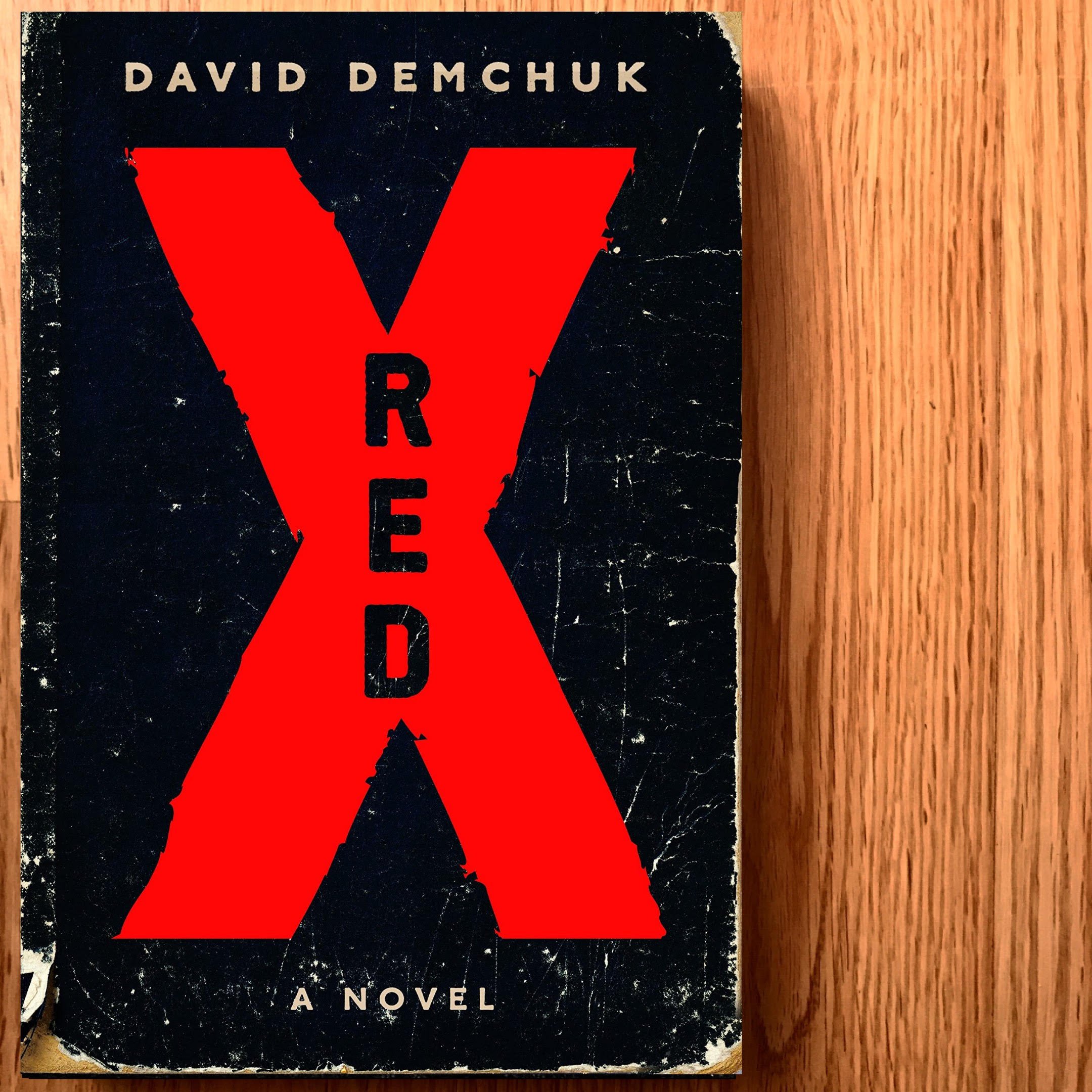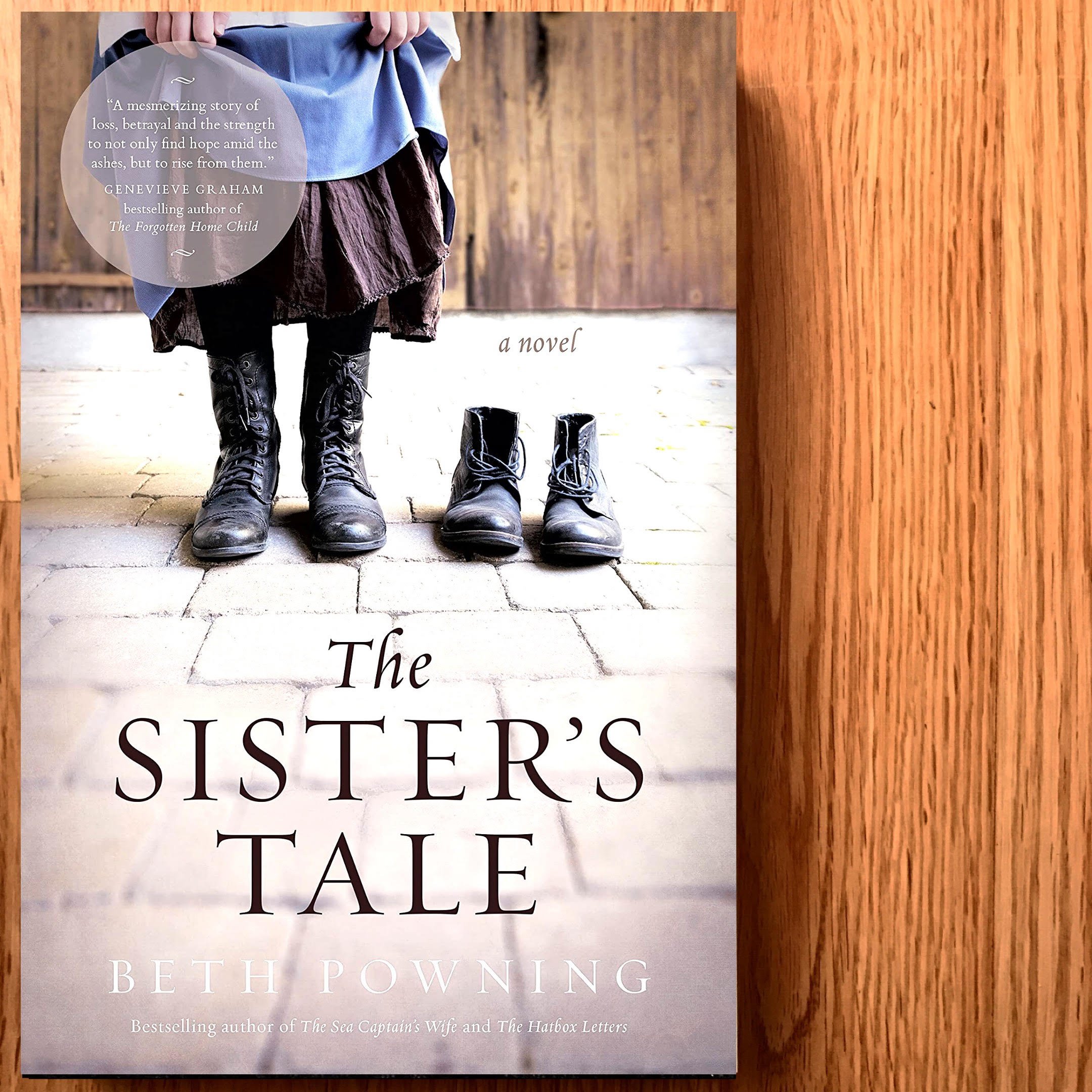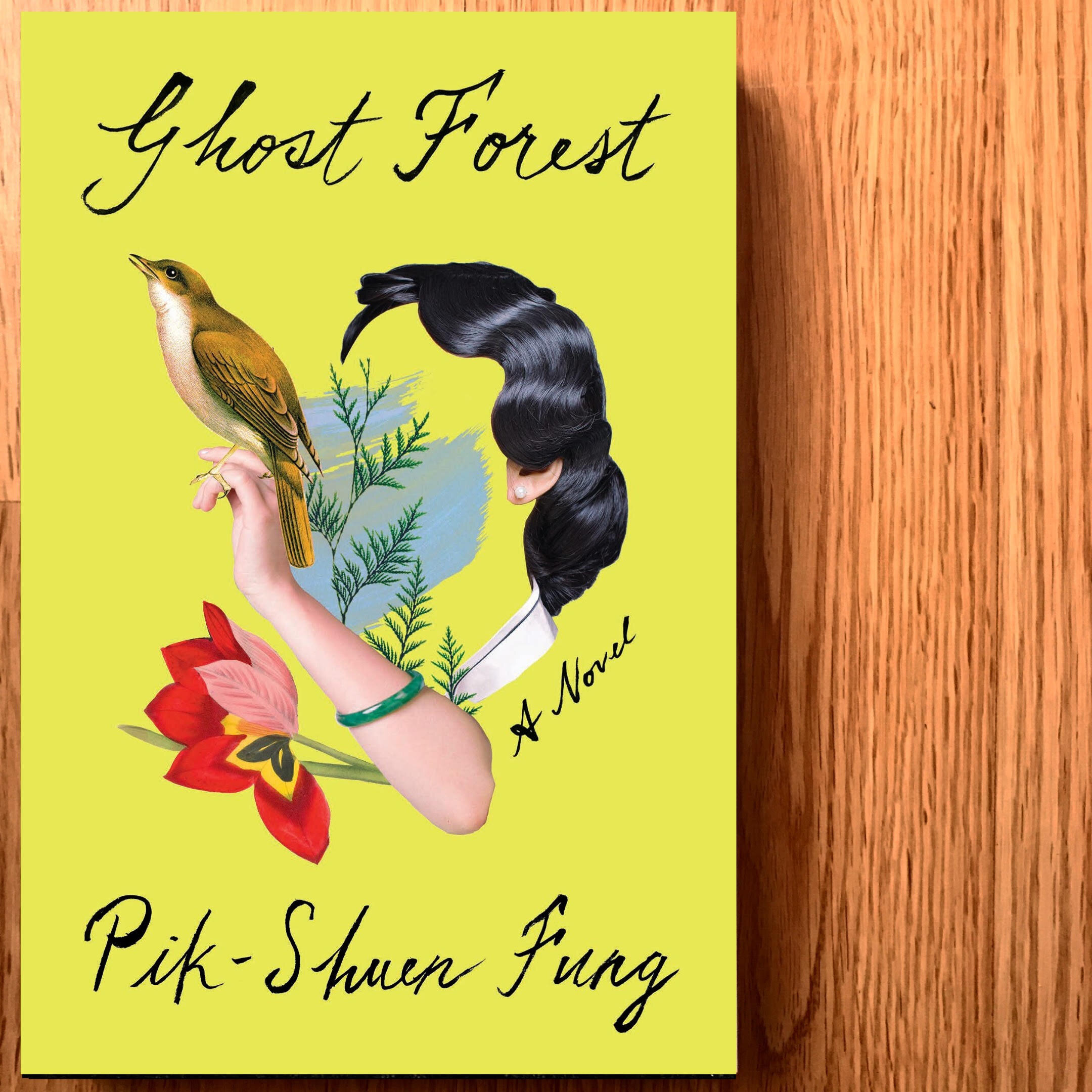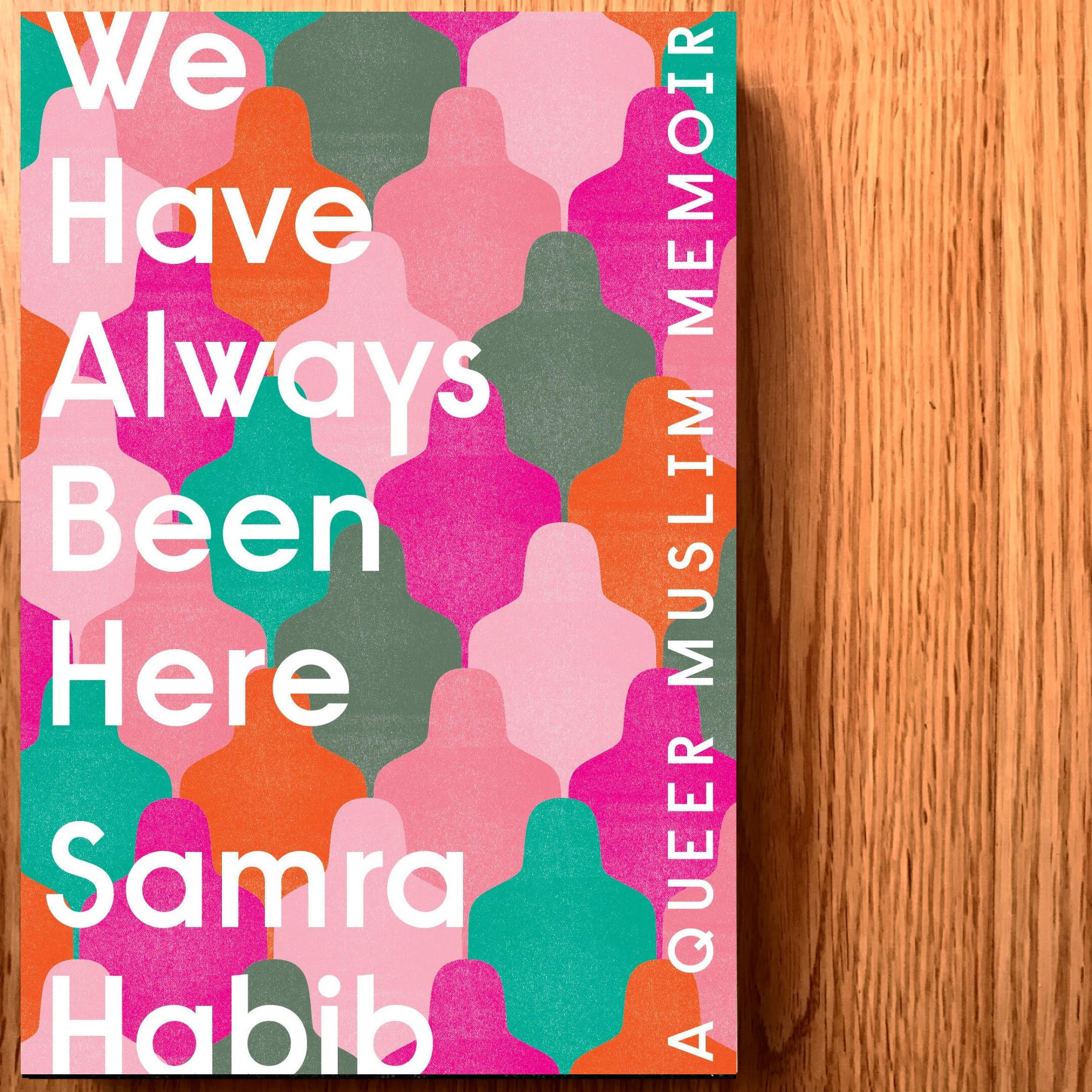By Anusha Runganaikaloo
Content warning: graphic violence, sexual assault, animal violence, homophobia, ableism, racism
Red X by David Demchuk is a novel unlike any I have ever read. It calls attention to the disappearance of vulnerable men from Toronto’s gay village, a recurring phenomenon that has been consistently met with indifference from the police and society at large for decades, and therefore remains unexplained.
The novel is divided into several stories centring on the lives of gay men just before they go missing. Their disappearances are usually greeted with disbelief and incomprehension by their friends, as nothing in their quiet, unassuming routines hinted at suicidal tendencies. The victims’ friends struggle to solve the mystery, alerting the authorities as well as estranged relatives. But they typically face a complete lack of interest or support, and eventually give up on their searches.
The author’s frame tale periodically interrupts the set of interwoven stories and provides the context for the disappearance of the main characters. He starts by sharing memories of coming out in his youth and moving to Toronto, where he was confronted with the dreary reality of young gay men trapped between the jaws of the Big City and saddled with dead-end jobs. They end up detaching themselves from families that fail to grasp their struggle and becoming more and more defenseless against predators as their support networks dwindle to nothing.
As both the author’s personal reflections and the set of stories progress, we are drawn deeper and deeper into an atmosphere of utter horror, where the lines between reality and fiction, between the author’s own life and that of his doomed characters, become blurred. Steering us away from the false lead of predictable homophobic hate crimes, Demchuk exposes a reality that is far more complex and disturbing.
Red X is a dark fantasy novel that gives a refreshing new twist to the horror genre. We encounter literary devices reminiscent of The Blair Witch Project and its found-footage technique, so that as readers, we feel irresistibly pulled into the story along with the hapless protagonists.
Moreover, in horror stories, villains are often—implicitly or explicitly—gay or queer. One notable example is Dracula, where the Count lays claim to Jonathan Harker, stating, “This man belongs to me!" David Demchuk subverts this overused trope by emphasizing it in an almost parodic manner.
Red X can in fact be interpreted as an allegory representing the grim reality of lesbian, gay, bisexual, trans and Two Spirit people who are sucked into a vortex of loneliness, discrimination, danger, and self-harm in soulless cities. The city becomes a monster that eats its victims alive while everyone else goes about their business, uncaring, and the authorities turn a blind eye to the horror unfolding before them—when they are not actively participating in it. Because of that, the city is haunted by centuries of unavenged crimes.
Inseparable from the fate of its victims is Toronto, a character in its own right, whose semi-fictional history is told from the viewpoint of the gay community. Hanging menacingly above the old Town of York and its inhabitants are mythological creatures that manipulate people and events like puppets. This sometimes produces dramatic, satisfying instances of poetic justice.
Another interesting point is that along with homophobia and transphobia, issues such as racism from a lesbian person’s standpoint and ableism are addressed, which makes this novel a fine addition to Canadian intersectional fiction. It is definitely a must-read!
Thank you, Penguin Random House Canada, for the complimentary copy in exchange for an honest review.






